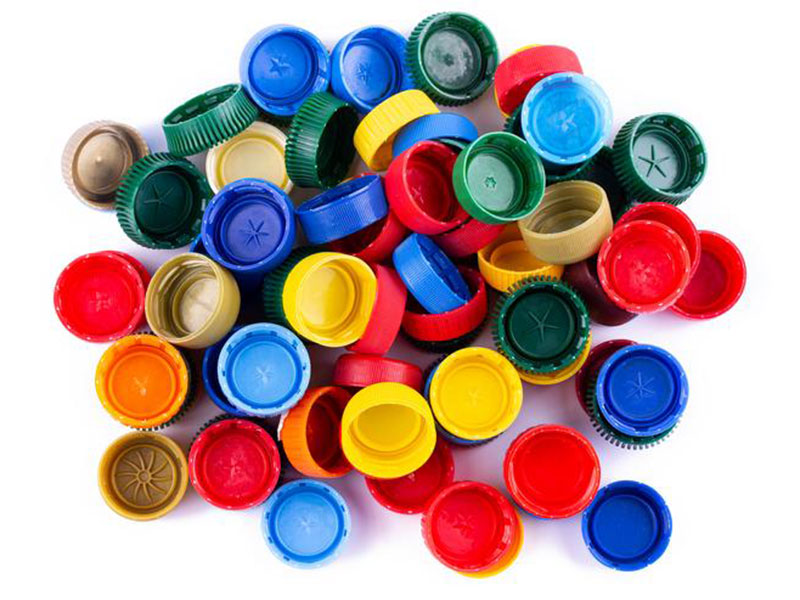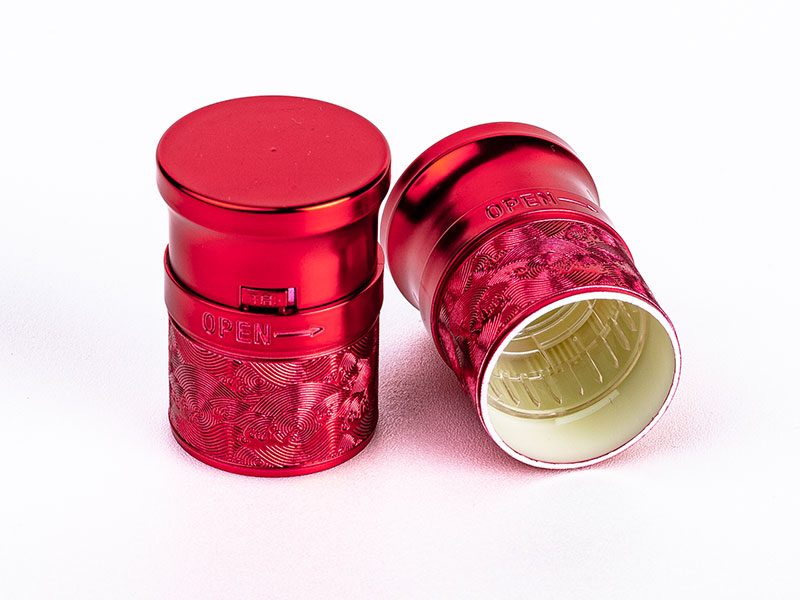Plastic Caps and Closures
When we think about daily essentials, items that seamlessly integrate into our everyday routines might come to mind – shampoo bottles, sauces, or beverages. But often overlooked are the small yet crucial components that serve as the gateways to these products: plastic caps and closures. These seemingly simple devices are undoubtedly more complex than they appear and possess profound significance in the packaging world.
The Craftsmanship Behind Plastic Caps
Plastic caps come in raw forms – either injection-molded or blow-molded, depending on the desired shape and function. Imagine a symphony where various types of plastic come together to create a harmonious unit. It all begins with thermoplastic polymers, primarily polypropylene (PP), polyethylene (PE), and polyvinyl chloride (PVC). Each type carries its unique properties, determining the cap’s characteristics—flexibility, durability, and resistance to various chemicals.
From my perspective on the aluminum bottle cap production line, plastic caps represent a fascinating, if sometimes frustrating, competitor. Their lower material cost and the ease with which they can be molded into complex shapes allows for a wider variety of designs and functionalities – features we can only dream of replicating in aluminum without significantly increasing production costs. I see firsthand the intricate tooling and precise processes required for our aluminum caps, and it makes me appreciate the seemingly simpler elegance of injection-molded plastic. However, we also see a growing consumer awareness of the environmental impact of plastic, which is something that works in our favor. The recyclability of aluminum, and its inherent strength and ability to be infinitely recycled, is a compelling advantage that we actively highlight in our marketing materials.
Personally, I'm intrigued by the advancements in plastic cap technology. The development of biodegradable plastics, for instance, presents a compelling alternative and forces us to constantly innovate and improve our own sustainability practices. I've seen firsthand the challenges in recycling certain plastics, and the resulting waste, which reinforces the importance of our own efforts in minimizing our factory's environmental footprint. The ongoing debate about the long-term viability of different packaging materials is a fascinating one, and the competition between aluminum and plastic drives innovation on both sides. It's a healthy dynamic that ultimately benefits the consumer and pushes us to create better, more sustainable products.
For instance, your favorite drink’s cap may have a tight band of plastic at its base to ensure an airtight seal, preventing any unauthorized seepage of flavors. From sports caps that allow you to quench your thirst while on the go to safety seals designed for pharmaceutical containers, the diversity in design enables them to meet vast consumer needs.
Engineering that Accentuates Usability
Clarity in edge profiles and thread designs is specifically honed by engineers reflecting an artwork known as ‘friction fit.’ Primo placements of ribs, lands, and seats capture an elastic interplay that balances tightness with usability. Have you ever wrestled with a stubborn bottle cap healthily? Sure! Those sleek-looking twist-off tops often employ directional grooving that makes opening bottles swift, synchronized, and smooth.
By engineering usability into mental machinery, these closures create fluid experiences that enhance our engagement with core products. Therefore, in different scenarios, one needs not just any cap but a surefire cap tailored to elevating one’s comfort and engagement with consumers’s favorite hobbies—from chugging fizzy drinks after a workout to icing a pave cake amid festive sunsets.
Environmental Implications: A Double-Edged Sword
Reflecting further on those nondescript caps brought ideas of excess waste upon return when they become eject after primary use. Research highlights that billions of plastic caps are discarded globally each year, largely contributing to pollution and environmental hostility. Creatives within the packaging industry have increasingly pondered principles of circular economy and compostable solutions.
Brands like Coca-Cola and Unilever are sustainable alternatives that catalyze advances toward a closed-loop cycle—reducing carbon footprints, and ultimately maximizing durability. Imagine an infusion of biodegradable raw material accentuating how little we scale up impacts afar. These experiments not only preserve or decidend condiment malleability but also signal changing consumer expectations toward better modeling of recycle-friendly layouts in a landscape where multiple closure tournaments unknowingly mount.
A Sip on the Future: Where We’re Headed
Looking forward, the integration of automation and intelligent design into manufacturing aspects can weed newfound enhancements within bests. Creating opportunities such as saved cost in worker labor and initializing cut fabrication practices augments speed indefinitely to works sizable against financial concerns affecting today institutions that mar responsiveness towards consumer production varieties.
Additionally, say we spark as discoveries consistently stimulate new cap innovations governed by smart closures. Progressive tracking RFID tags implemented inside closures radically assure tangible shifts against counterfeit challenges alongside overhead nutritional experiences chose tangential pleasures resolving no impulsive actions infringing label policies most suffice to boast.
https://www.bottle-cap-lids.com/a/plastic-caps-and-closures.html




